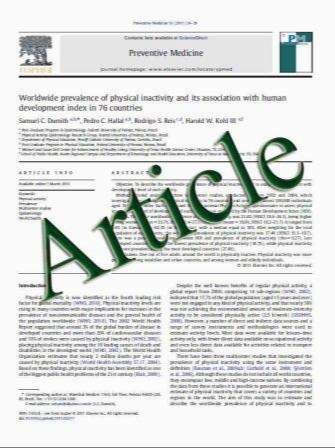Cerebrospinal Fluid Enhancement on Fluid Attenuated Inversion Recovery Images After Carotid Artery Stenting with Neuroprotective Balloon Occlusions: Hemodynamicm Instability and Blood–Brain Barrier Disruption
- نوع فایل : کتاب
- زبان : انگلیسی
- مؤلف : Ryo Ogami Toshinori Nakahara Osamu Hamasaki Hayato Araki Kaoru Kurisu
- چاپ و سال / کشور: 2010
Description
Purpose A rare complication of carotid artery stenting (CAS), prolonged reversible neurological symptoms with delayed cerebrospinal fluid (CSF) space enhancement on fluid attenuated inversion recovery (FLAIR) images, is associated with blood–brain barrier (BBB) disruption. We prospectively identified patients who showed CSF space enhancement on FLAIR images. Methods Nineteen patients—5 acute-phase and 14 scheduled—underwent 21 CAS procedures. Balloon catheters were navigated across stenoses, angioplasty was performed using a neuroprotective balloon, and stents were placed with after dilation under distal balloon protection. CSF space hyperintensity or obscuration on FLAIR after versus before CAS indicated CSF space enhancement. Correlations with clinical factors were examined. Results CSF space was enhanced on FLAIR in 12 (57.1%) cases. Postprocedural CSF space enhancement was significantly related to age, stenosis rate, acute-stage procedure, and total occlusion time. All acute-stage CAS patients showed delayed enhancement. Only age was associated with delayed CSF space enhancement in scheduled CAS patients. Conclusions Ischemic intolerance for severe carotid artery stenosis and temporary neuroprotective balloon occlusion, causing reperfusion injury, seem to be the main factors that underlie BBB disruption with delayed CSF space enhancement shortly after CAS, rather than sudden poststenting hemodynamic change. Our results suggest that factors related to hemodynamic instability or ischemic intolerance seem to be associated with post-CAS BBB vulnerability. Patients at risk for hemodynamic instability or with ischemic intolerance, which decrease BBB integrity, require careful management to prevent intracranial hemorrhagic and other post-CAS complications.
Cardiovasc Intervent Radiol Received: 7 July 2010 / Accepted: 24 October 2010


